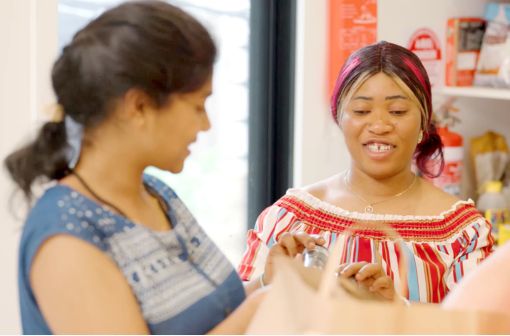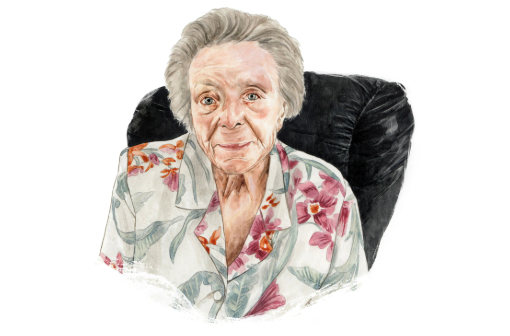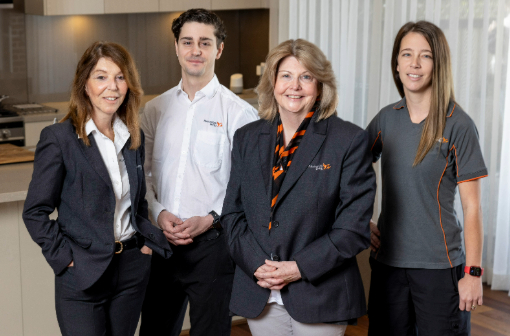“Slowly but surely, the wider community is becoming more accepting of amputees and disability in general.” – Melissa Noonan, Chief Executive Officer, Limbs 4 Life.
Melissa Noonan spent a year seeking support and information following the train accident that caused her amputation. When she was unable to find them, she quit her job as a sales manager to co-found amputee support group Limbs 4 Life.
“I’m lucky to be here; I really shouldn’t have survived,” says Melissa, 51.
Melissa was boarding a train in 2003 when its doors closed. She fell between the platform and the train, suffering critical injuries, including a severed right foot.
Melissa was in hospital for almost four months, then underwent six months of rehabilitation, after her leg was amputated above the knee following an infection.
“I struggled with the lack of information, and you can’t make educated decisions if you don’t have information,” she says. “So I decided to do something about it.” Melissa initially set up Limbs 4 Life with one of the therapists who helped with her rehabilitation, but now runs the organisation as its Chief Executive Officer.
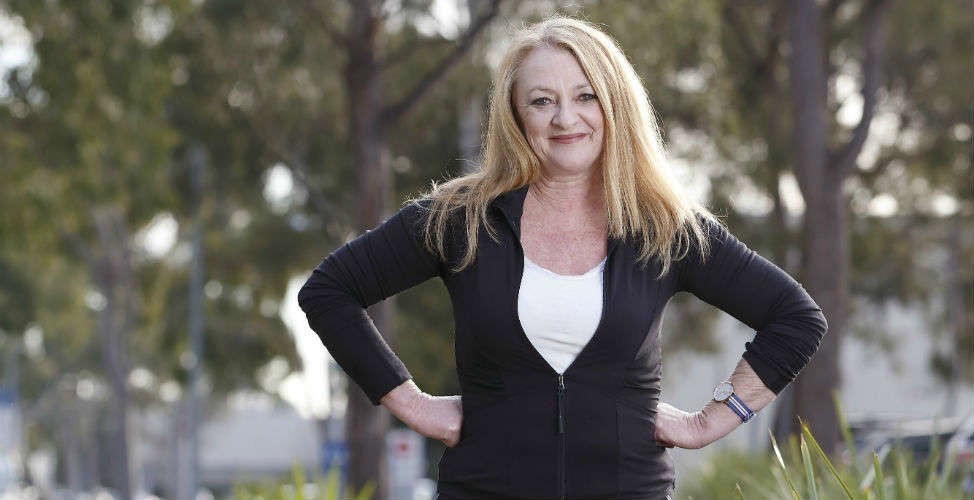
Causes and concerns
Many people believe injuries from work or transport accidents, like Melissa’s, are the main causes of amputations. However, they accounted for just 7 per cent of the more than 10,000 amputations performed in Australia in 2013. Cancer accounted for just 3 per cent of amputations during the same period.
Diabetes and vascular disease account for about 83 per cent of all amputations in Australia.
“Australia has the second highest rate of diabetes related amputations in the developed world,” Melissa says. More than one million Australians have diabetes and every week about 85 people lose toes, feet or legs because of diabetes-related problems, such as ulcers and wounds that won’t heal.
Support at home
Les Scanlon, 63, was diagnosed with diabetes 23 years ago, after reading a brochure in his doctor’s waiting room and asking for a blood test. “I seemed to have all the symptoms – cuts that wouldn’t heal quickly, I was always thirsty and I’m Aboriginal.” People of Aboriginal and Torres Strait Islander origin are almost four times more likely than non-Indigenous Australians to have diabetes or pre-diabetes.
Les says he managed the disease with tablets and by watching what he ate. He also had his feet checked by a podiatrist every couple of months. About a year ago, an ulcer on his left foot was successfully treated, but he then developed a “black ulcer” on his right foot.
“It happened all of a sudden; it started playing up and everything was dead underneath the ulcer,” he says. “They tried to fix it for five months, but it kept getting worse.”
In January, Les’s right leg was amputated below the knee. In May, after the wound hadn’t healed properly, he had a second operation to amputate a bit more.
Les is mostly housebound and using a wheelchair while his leg heals. A Home Care Worker from Australian Unity comes for an hour or two every day to cook his meals, do his washing and clean his home. Les is still struggling to come to terms with the loss of his leg, yet his advice to other amputees is heartening. “Just hang on and keep going; it will get better,” he says.
Les hopes to be fitted with a prosthetic leg in a few months, so he can get back outside to his garden and go out for dinner occasionally.
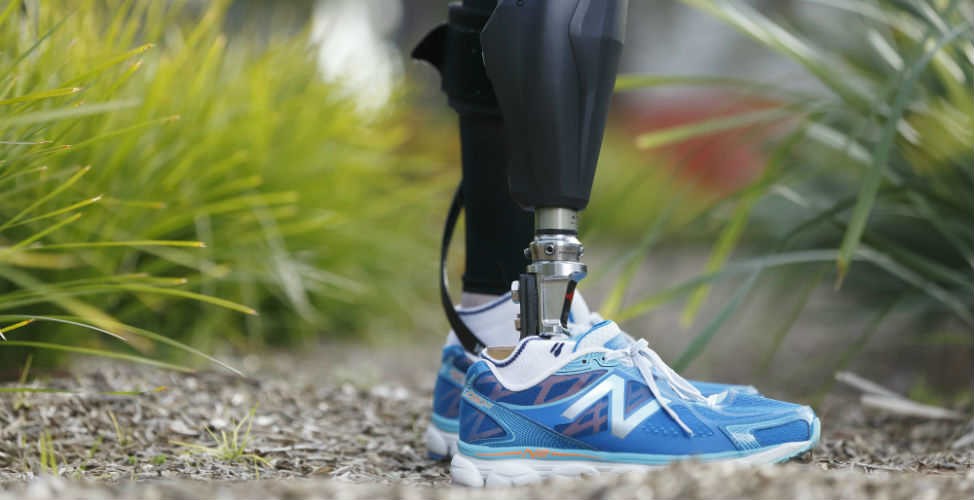
Peer program
Melissa, who walks with a top-of-the-range computerised prosthetic, says Limbs 4 Life’s peer support program helps people like Les. Made up of 170 volunteers, all amputees, the national network organises someone to visit patients before and after their amputation, to share their story and other information. They distribute fact sheets on issues such as what it’s like to have a prosthesis fitted and rehabilitation.
The organisation also has a very active Facebook group of about 2000 adult amputees, plus a Limbs 4 Kids offshoot for children and parents.
Since 2010, Limbs 4 Life has promoted Amputee Awareness Week in October, contacting every state and federal member of Parliament to ask them to wear an “empowering amputees” ribbon. Nurses, physios and other health workers also wear the ribbons.
“Slowly but surely, the wider community is becoming more accepting of amputees and disability in general,” Melissa says.
Putting others first
Iraqi-born Victoria Shamon, 63, is actively involved in an Assyrian support group near her home in southwest Sydney. On Mondays and Wednesdays, she’s picked up for lunch with other Assyrian and Arabic speakers. On Fridays, you’ll find her at Braeside Hospital, learning a skill such as knitting.
“She’s been through a lot, but she enjoys her life,” says Victoria’s sister, Jaklin Bityou. Victoria was born with a crooked spine (scoliosis), which put pressure on her left leg. Her leg was amputated below the knee almost 30 years ago, after shrapnel from a bomb attack in Iraq caused further problems.
“In Iraq back then, it was the only option,” says Jaklin, who moved to Australia in 1992.
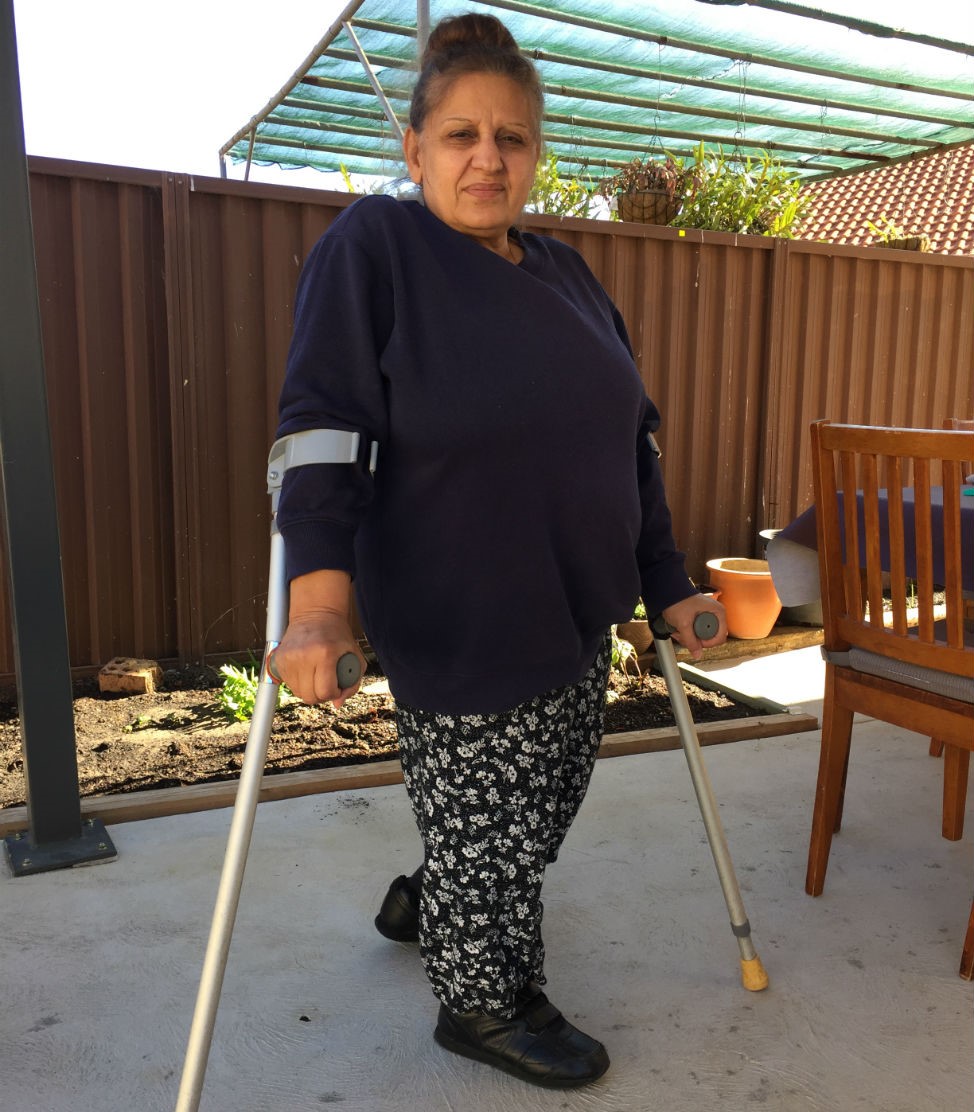
Gradually, her five siblings and parents followed. Victoria, the eldest, was the last to emigrate, in 2009.
Following the death of her father in January, Victoria and her mother moved into a granny flat behind another sister’s home. Although Victoria has a prosthetic leg, she can’t walk for long distances and uses an electric scooter outside.
“Victoria’s never been able to live her life as a ‘normal’ person; it hasn’t been easy for her. But she never complains, she’s always happy. And she’s a very caring person – she thinks of other people more than herself.”
Words: Lucinda Schmidt
